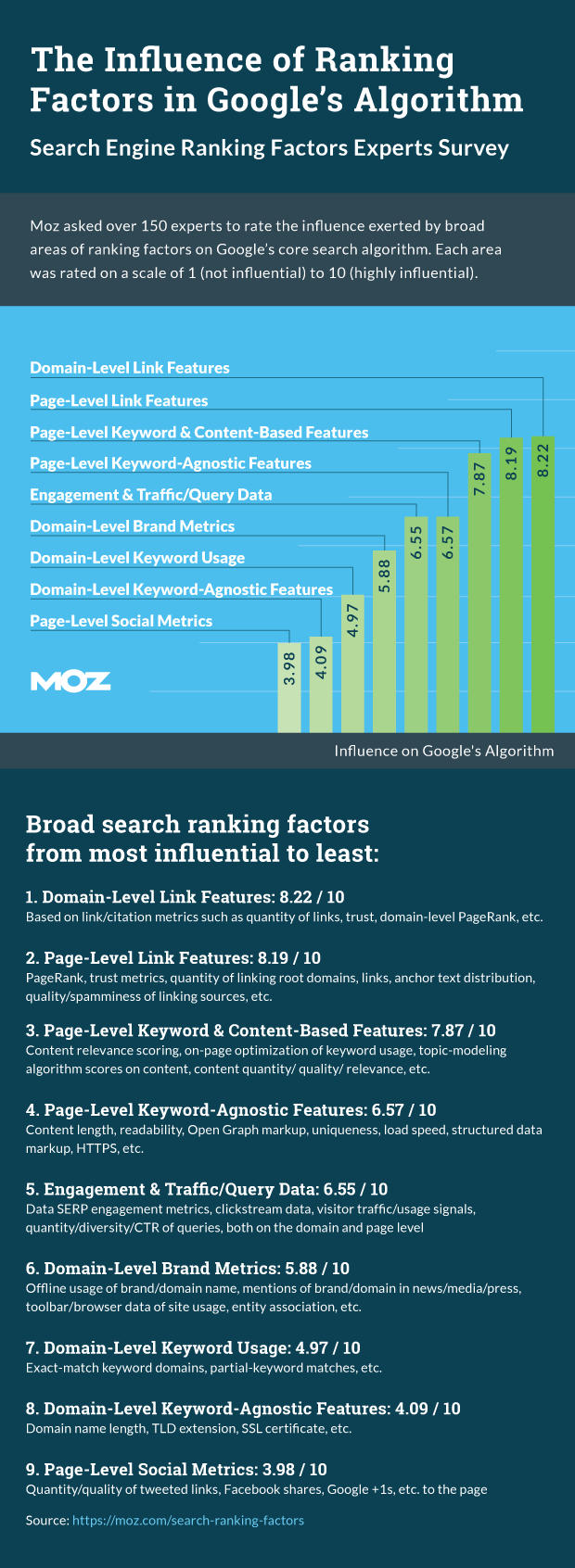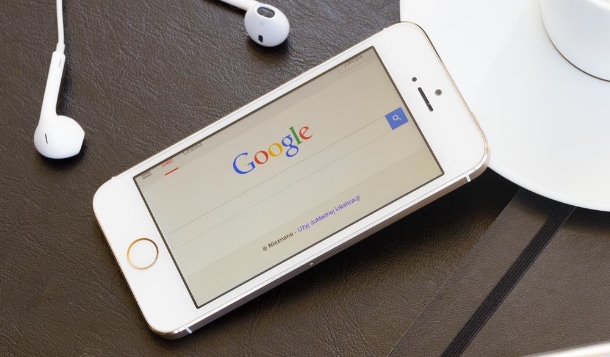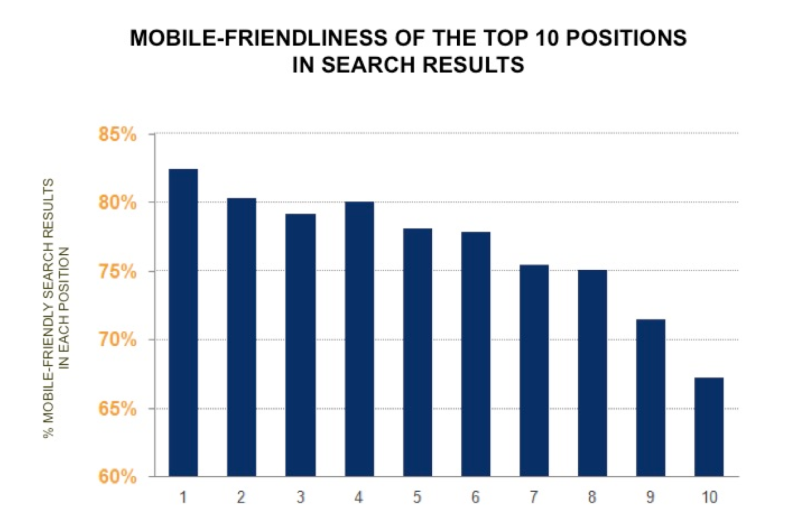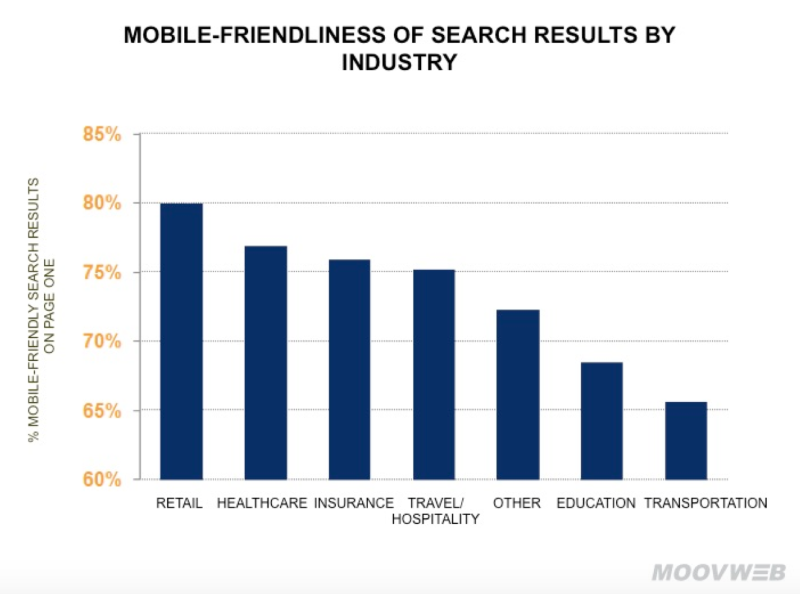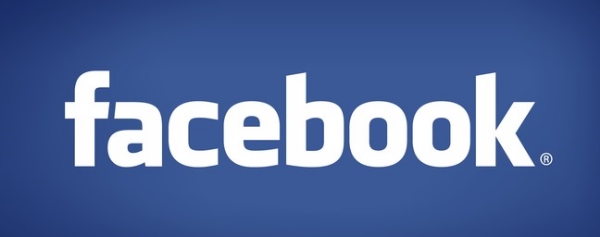
Facebook hit a milestone for both its company and the internet as a whole this past Monday, August 24th. According to an announcement from CEO and founder Mark Zuckerberg on the network, Facebook recorded one billion daily active users on Monday.
As Zuckerberg said in the announcement, “We just passed an important milestone. For the first time ever, one billion people used Facebook in a single day. On Monday, 1 in 7 people on Earth used Facebook to connect with their friends and family.”
He continued:
When we talk about our financials, we use average numbers, but this is different. This was the first time we reached this milestone, and it’s just the beginning of connecting the whole world.
I’m so proud of our community for the progress we’ve made. Our community stands for giving every person a voice, for promoting understanding and for including everyone in the opportunities of our modern world.
A more open and connected world is a better world. It brings stronger relationships with those you love, a stronger economy with more opportunities, and a stronger society that reflects all of our values.
Thank you for being part of our community and for everything you’ve done to help us reach this milestone. I’m looking forward to seeing what we accomplish together.
To put in context just how huge this is, Twitter reaches approximately 100 million users every day, while Instagram recently celebrated receiving 300 million daily users.
You can also consider that approximately 3.1 billion people use the internet every day, meaning a third of those people also used Facebook at some point Monday.
While it is likely that Google, who processes around 6 billion searches every day, sees more active daily users than the social media site, it is still remarkable to think that a single site was able to connect so many people around the entire globe on a single day.
The milestone is a great cause for celebration for Facebook, who will almost certainly see even greater milestones in the future.








